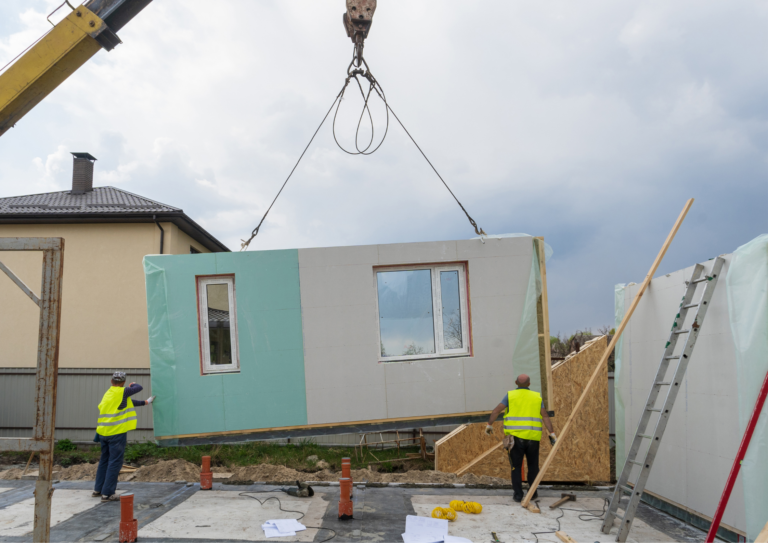In the landscapes of today’s cities, green urban spaces play a vital role, as peaceful havens offering a break from the fast pace of city life while promoting the well-being of both residents and the environment. Whether it’s parks, gardens green roofs, or urban forests these lush retreats are key in improving the quality of living and supporting sustainability and resilience in city settings. This blog will delve into why green spaces matter, their advantages, and inspiring examples that demonstrate their power to transform cities into happier places for everyone.

The Significance of Green Urban Spaces
Green urban areas serve purposes for the health and vibrancy of cities and their inhabitants.
1. Environmental Benefits
These green spaces help counteract the heat island effect in cities decrease air pollution levels and address climate change by absorbing carbon dioxide while releasing oxygen through photosynthesis. They also offer habitats for wildlife promote biodiversity and assist in ecosystem functions like soil conservation and water purification.
2. Health and Wellbeing
Having access to areas has been connected to physical and mental health perks such, as stress reduction, mood enhancement, increased physical activity levels, and improved cognitive abilities.
Time spent in surroundings can enhance feelings of calmness inspire innovation and encourage connections all of which play a role, in improving one’s general happiness and lifestyle quality.
3. Social Cohesion
Green urban spaces serve as important gathering places for communities, fostering social interaction, cultural exchange, and civic engagement. Parks, plazas, and community gardens provide opportunities for recreation, leisure activities, and community events, strengthening social bonds and fostering a sense of belonging among residents.
4. Economic Value
Green urban spaces enhance property values, attract tourists, and stimulate economic activity in surrounding areas. Access to parks and green infrastructure can increase the desirability of neighborhoods, attract businesses, and support local commerce, contributing to economic growth and prosperity.
Benefits of Green Urban Spaces
1. Improved Air Quality
Trees and vegetation in green urban spaces act as natural air filters, removing pollutants such as particulate matter, nitrogen dioxide, and ozone from the air and improving overall air quality. This can help reduce respiratory illnesses and improve respiratory health for urban residents.
2. Temperature Regulation
Green urban spaces help regulate urban temperatures by providing shade, reducing the heat island effect, and enhancing natural cooling through evapotranspiration. This can help mitigate the impact of heat waves and reduce energy consumption for cooling buildings during hot weather.
3. Stormwater Management
Green urban spaces absorb and retain rainwater, reducing stormwater runoff and alleviating pressure on urban drainage systems. This helps prevent flooding, erosion, and water pollution while replenishing groundwater supplies and supporting aquatic habitats.
4. Preserving biodiversity
Green urban areas offer homes to a variety of plant and animal species, including plants and wildlife. By protecting and reviving habitats, in cities green urban spaces play a role in conserving biodiversity and strengthening resilience, which helps maintain the balance of city ecosystems.
Notable Examples of Green Urban Areas
1. The High Line, New York City
Repurposed from a railway line in Manhattan the High Line is a unique linear park that boasts beautifully landscaped gardens, public art displays, and walking paths. It serves as a sanctuary amidst the city for both locals and tourists.
2. Bosco Vertical, Milan
Known as the Vertical Forest Bosco Vertical consists of two towers in Milan designed with greenery integrated into their exterior walls. These buildings are adorned with trees, shrubs, and plants that form a forest promoting cleaner air quality, reduced energy consumption, and an enhanced cityscape.
3. Singapore Botanic Gardens
Recognized as a UNESCO World Heritage Site and one of Singapore’s green spaces the Singapore Botanic Gardens cover more than 80 hectares. With its collection of flora, heritage trees, and themed gardens it offers a peaceful retreat, for both residents and visitors alike.
4. The Cheonggyecheon
in Seoul is a transformed city stream and park located at the center of South Korea’s capital. The initiative focused on renewing an overlooked watercourse into an area for the public complete with pathways for strolling, water elements, and beautifully designed gardens. This effort breathed life into the neighborhood and improved connections, within the city.
Conclusion
Green urban areas play a role, in developing more sustainable and resilient cities for both current and future generations. These lush green spaces do not grant access, to nature. It also encourages environmental responsibility and strengthens social bonds. They significantly contribute to the well-being of city dwellers and the overall health of the environment. As urban populations expand the significance of investing in areas becomes increasingly evident. By engaging in planning implementing designs and involving the community we can establish cities that prioritize nature conservation, support biodiversity, and enhance the quality of life for all residents.
Brickborne believes in accuracy and time construction without wastage of resources. We believe in economical and sustainable construction. With the advancing world, software is here to assist us in the construction field. Brickborne provides construction drawings as per codes of the region, 3D modeling, rendering, and animation walkthroughs of both interior and exterior, and quantity surveying and cost estimation. Choose us to change your dreams into reality as we say, Brickborne- We Design Your Ideas!






3 comments
Importance of Retrofitting for Energy Efficiency in the Modern World - brickborne
[…] energy usage such as electricity or natural gas. So, in this blog, we are going to explain why retrofitting for energy efficiency is important and how it could help us to achieve sustainability […]
Urban Planning with GIS in the Modern World - brickborne
[…] we will discuss how Geographic Information Systems (GIS) can help in effective land planning. It is the duty of urban planners to ensure the balance between social and environmental factors to […]
5 Important Green Wall Types You Need to Know - brickborne
[…] They bring advantages that enhance visual appeal and can turn urban areas into vibrant and green spaces. This article explores green wall types, their distinct characteristics and how they impact city […]